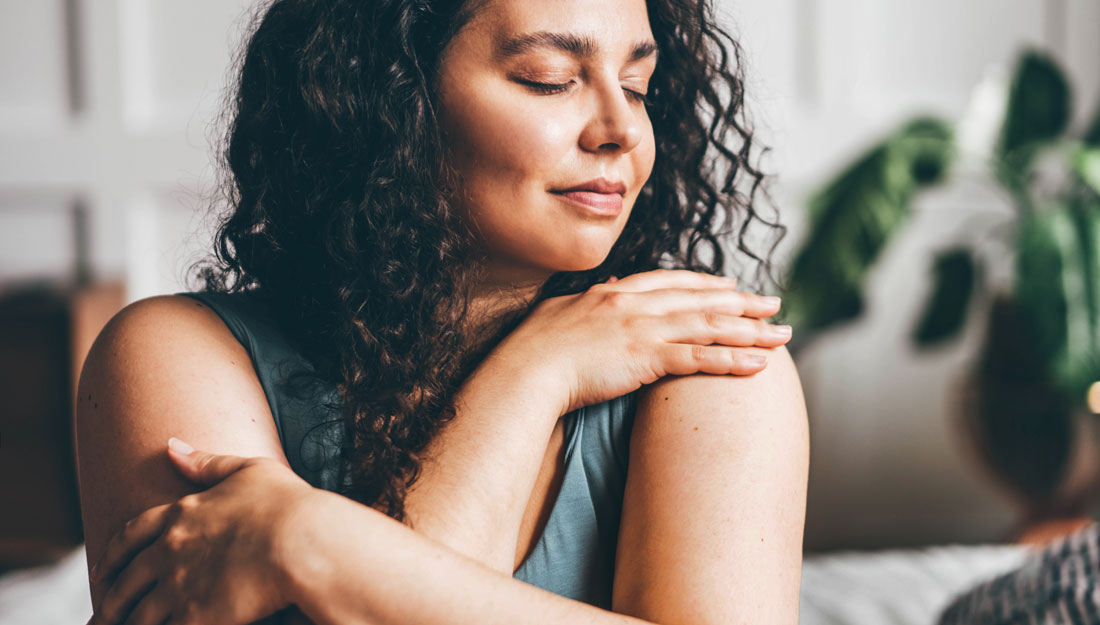- Mary Leigh Meyer
- Healthy Living, Nursing, Show on VR homepage, Trending
3 things parents can do to take care of their children’s ears
From earwax to ear infections, and everywhere in between—tiny ears may need special attention

A nurse looking into the ear of an infant while the infant's mother holds him
Many people only think about their ear health when something goes wrong, but it’s important to proactively consider what to do to prevent pain or irritation. Do you know how to properly take care of your ears? Of your children’s ears? Katie Hepfer, DNP, C-PNP, and clinical assistant professor at the Texas A&M College of Nursing, discusses three common ear-related ailments, and what you can do to help prevent them.
Earwax can be a good thing
Ears are self-cleaning, so they do not need much maintenance. “Many people have a tendency to believe earwax needs to be removed,” said Hepfer. “Earwax is actually a good thing. It protects the ear from things like dust, dirt and bugs.”
The average person can leave their earwax alone without any negative consequences, as it will naturally migrate out of the ear as a result of jaw movement. However, Hepfer advises to seek professional help to remove earwax if it begins to interfere with the ability to hear.
She advises against removing earwax yourself. “Tools like cotton buds often only clean the part of the ear you see, and even push the earwax further into the ear,” said Hepfer. “Also, many of those tools risk puncturing your ear drum.”
If you do find yourself needing to clean your ear and are unable to make an appointment with your health care provider, use a warm washcloth to wipe the outer ear. Hepfer notes some tools exist that make it impossible to move the ear cleaning device too far into the ear canal. However, best practice is to avoid inserting anything smaller than your elbow into your ear. Even though this tool reduces the risk of puncturing the ear drum, she still advises anyone needing to remove earwax to call their health care provider for professional help.
Ear infection symptoms
An ear infection is an inflammation of the middle ear that occurs when fluid builds up behind the eardrum. Five out of six children will have at least one ear infection by their third birthday.
Children have short, narrow and horizontal estuation tubes, so their ears do not drain as well as adults. Hepfer recommends keeping your baby upright during bottle feedings to encourage draining. She also mentions breastfeeding actually tends to decrease the risk of ear infection in infants.
The pneumococcal and haemophilus influenzae (H. influenzae) are also beneficial ways to reduce the likelihood your child gets an ear infection. The vaccine takes care of some of the primary pathogens that cause the infections.
Parents shouldn’t panic if their children do come down with an infection. “Ear infections are generally very treatable,” Hepfer said. “However, some infections can be viral, so those have to run their course.” If the infection does not go away, then your health care provider may consider inserting ear tubes.
Common symptoms of an ear infection are low grade fevers, fussiness, eye drainage or redness and nose drainage. Children can also experience behavioral symptoms like not wanting to lay down or not eating as much as they do normally.
“Sometimes pulling on the ear is a sign of an ear infection, but not always,” said Hepfer. “If you notice your child pulling on their ear in conjunction with other symptoms, then make a visit to see your health care provider.”
Proper care for newly pierced ears
Newly pierced ears require a more regimented cleaning routine. Piercings should be cleaned twice a day with rubbing alcohol to prevent infections. Health care providers also often recommend twisting the earrings a few times daily and leaving the earrings in for at least six weeks to keep the holes open.
Common signs of an infected piercing are irritation, redness and pain. Infections may ooze a liquid, ranging from white to yellow, and even bleed. If you notice these symptoms on your piercing or your child’s piercing, call your health care provider for a treatment plan.
Even those who have long had their ears pierced may have problems with certain earrings. “Nickel or other cheap metals are a common allergen, in terms of contact dermatitis or skin irritation,” Hepfer said. “Usually, a reaction from the metal can be easily remedied by taking the earrings out and replacing it with a higher quality metal.”
Other things to consider
Hepfer also recommends other ways to protect young ears, such as being conscientious about the volume of children’s headphones. “Loud noises like music through head phones or a movie theater can potentially damage hearing long-term,” Hepfer said.
She also encouraged everyone to remember to apply sunblock to the tops of ears.
“Ears are self-cleaning and low maintenance,” said Hepfer. “However, if you notice anything out to the normal like drainage or a change in hearing, then contact your health care provider.”

Media contact: media@tamu.edu


